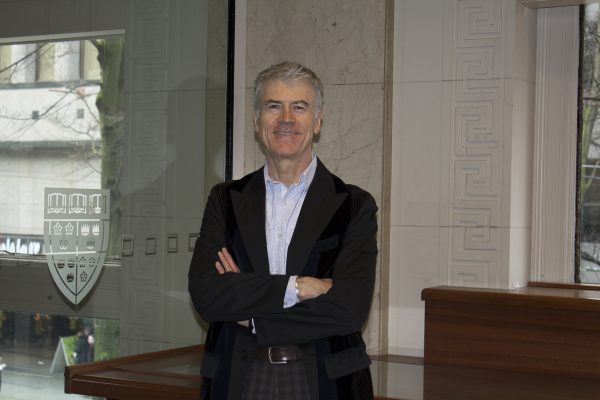How MBAs can help snowmobilers avoid avalanches
Mar 25, 2013
 By David Dunne, Adjunct Senior Fellow at Simon Fraser University’s Beedie School of Business.
By David Dunne, Adjunct Senior Fellow at Simon Fraser University’s Beedie School of Business.
On the afternoon of March 6, 2012, five men drove their snowmobiles to Grizzly Lake, in the Powder Mountain area south of Whistler, B.C. The weather was clear, fresh and calm, and the snow-covered mountains spread invitingly before them. Though there had been some avalanches in the area recently, the conditions looked ideal.
In a practice known as high-marking, two of the sledders rode up a steep slope, intending to turn around and descend when they could climb no further. One went right, while the other decided to go left.
It was a decision that cost the second sledder his life. The activity triggered a large avalanche; by the time his companions could find him and dig him out, he had no pulse. He was pronounced dead shortly afterward.
Over the past five winters, snowmobilers have accounted for more than half of avalanche deaths in Canada, a proportion that has grown with the popularity of the sport. Yet solving this problem is far from easy, because it is tough to define. Why do snowmobilers take risks? What level of risk is acceptable – and to whom is it acceptable? Should the sport be restricted in some way? Or are snowmobilers the best judges of their own safety?
If you think of master of business administration graduates as purely about increasing corporate bottom lines, they may not seem the ideal candidates to work on a nuanced problem like this. But business students have great skills and idealism to contribute; to be effective, however, they need to learn in new ways.
As Tom Frieden, director of the Centers for Disease Control and Prevention in the United States, once said, most public health problems are management problems. Across the broad spectrum of social challenges, many would agree: Knowledge of strategic planning, finance, marketing and other management functions are often critical in finding answers to pressing social problems.
The challenge is translating that knowledge into action. Universities, tied to traditional teaching models, often don’t help. In business schools as elsewhere, students do what students have done for hundreds of years: sit quietly and absorb. Like a child playing with the sponge in the bathtub, they soak knowledge up, and squeeze it out, but don’t actually use the sponge much for its intended purpose.
If students do not learn to “do” – translate knowledge into action – in school, they will have trouble later. On the job, the stakes are high and mistakes are costly – like fixing an airplane at 35,000 feet. Better to learn as much as possible on the ground, in a safe environment, with the support of an experienced mentor.
Thinking differently to solve wicked problems
Society’s problems are also notoriously difficult to pin down. Snowmobile safety is a “wicked problem” – critical, chronic, with no clear start or end point. Crime in the streets, the kindergarten-to-Grade 12 curriculum and obesity are wicked problems. They pervade business and society, and humble the greatest minds.
If all you have is a hammer, the saying goes, everything starts to look like a nail. And if all you have is knowledge, you start to think it’s all you need to solve problems. Wrong. The problem with wicked problems is not lack of knowledge. It is understanding where to start, asking the right questions to formulate the problem.
To work on wicked problems in social innovation, students need ways of thinking that deal with ambiguity, incorporate and balance the concerns of those affected, and are action-focused – a model of education that challenges the practices of most business schools. This model is nevertheless being applied in some courses in the Beedie School of Business at Simon Fraser University in Burnaby, B.C.
Instead of quietly listening to lectures, students learn to “think with their hands.” By trying and failing, they develop an appreciation for the scope and boundaries of the problem. Instead of solving predigested cases, they encounter the messy real world, unearth information wherever they find it and deal with real people with real emotions. They put aside the fear of being wrong and freely brainstorm solutions. They learn that the hardest part of problem solving is not coming up with the right answer, but coming up with the right question.
In the case of mountain safety, MBA students at Beedie learned, through ethnographic research, to empathize with snowmobilers, a group with very different values from their own. As they found out more, their problem definition changed. Their ultimate proposal – a clever game app that used snowmobilers’ natural interest in adventure and exploring to communicate safety information in a palatable way – reflected their enriched understanding of the underlying issues.
The approach is not for the fainthearted. For high-achieving business students, it can cause mental angst as they put aside a lifetime of clear answers and are submerged in an avalanche of data, opinions, emotions, tragedy and joy. Like those fortunate individuals who survive a true avalanche, they emerge transformed, and much wiser.
